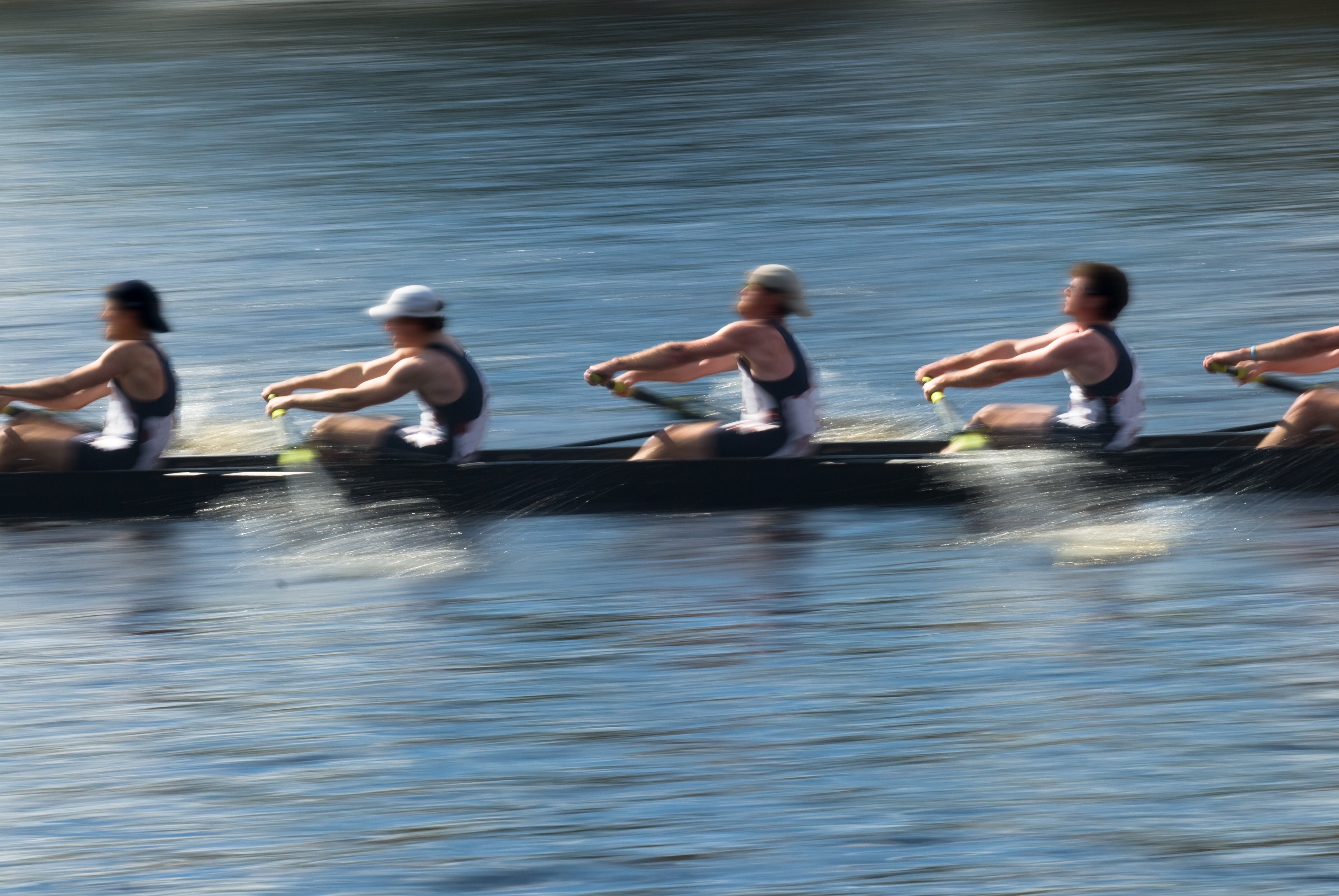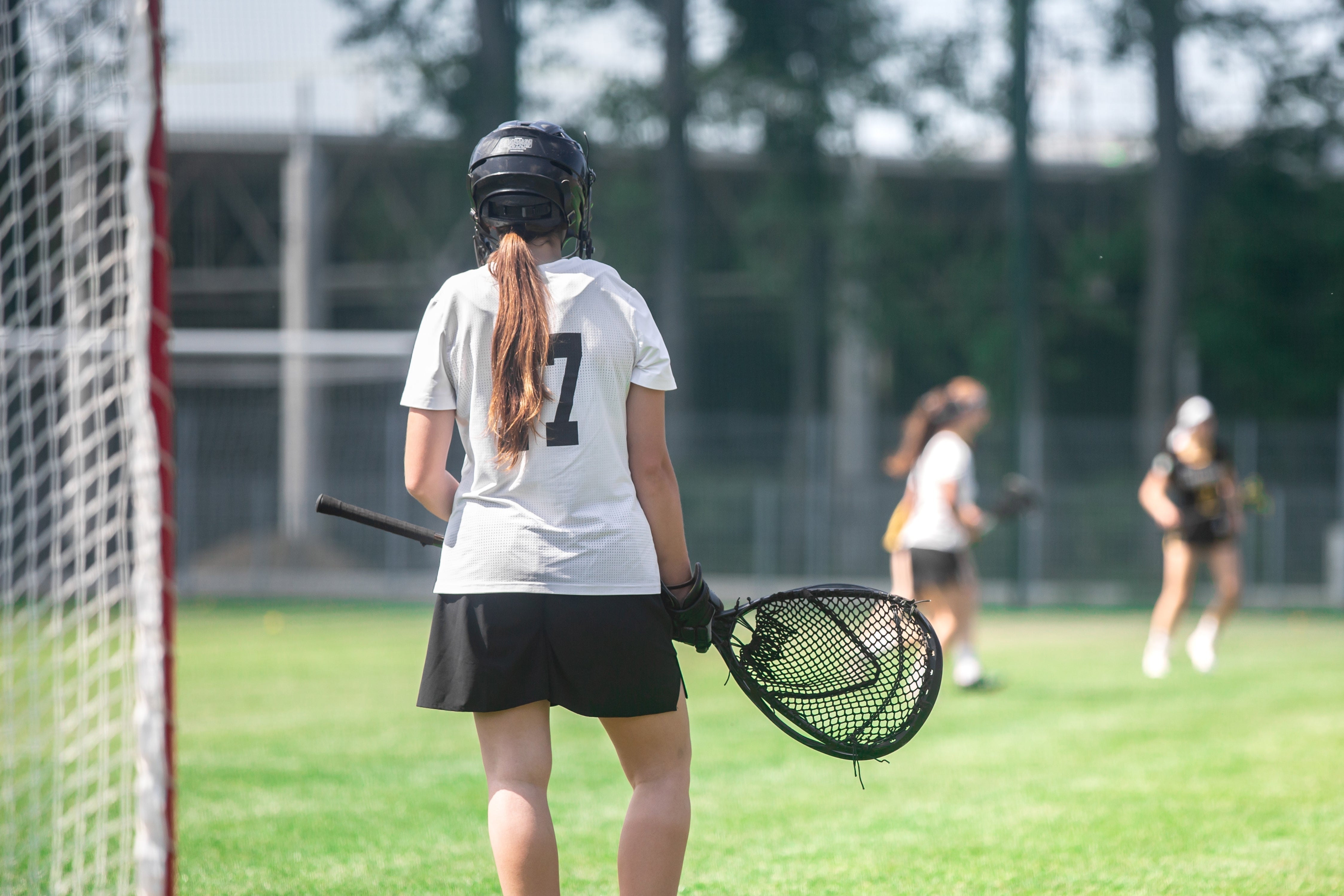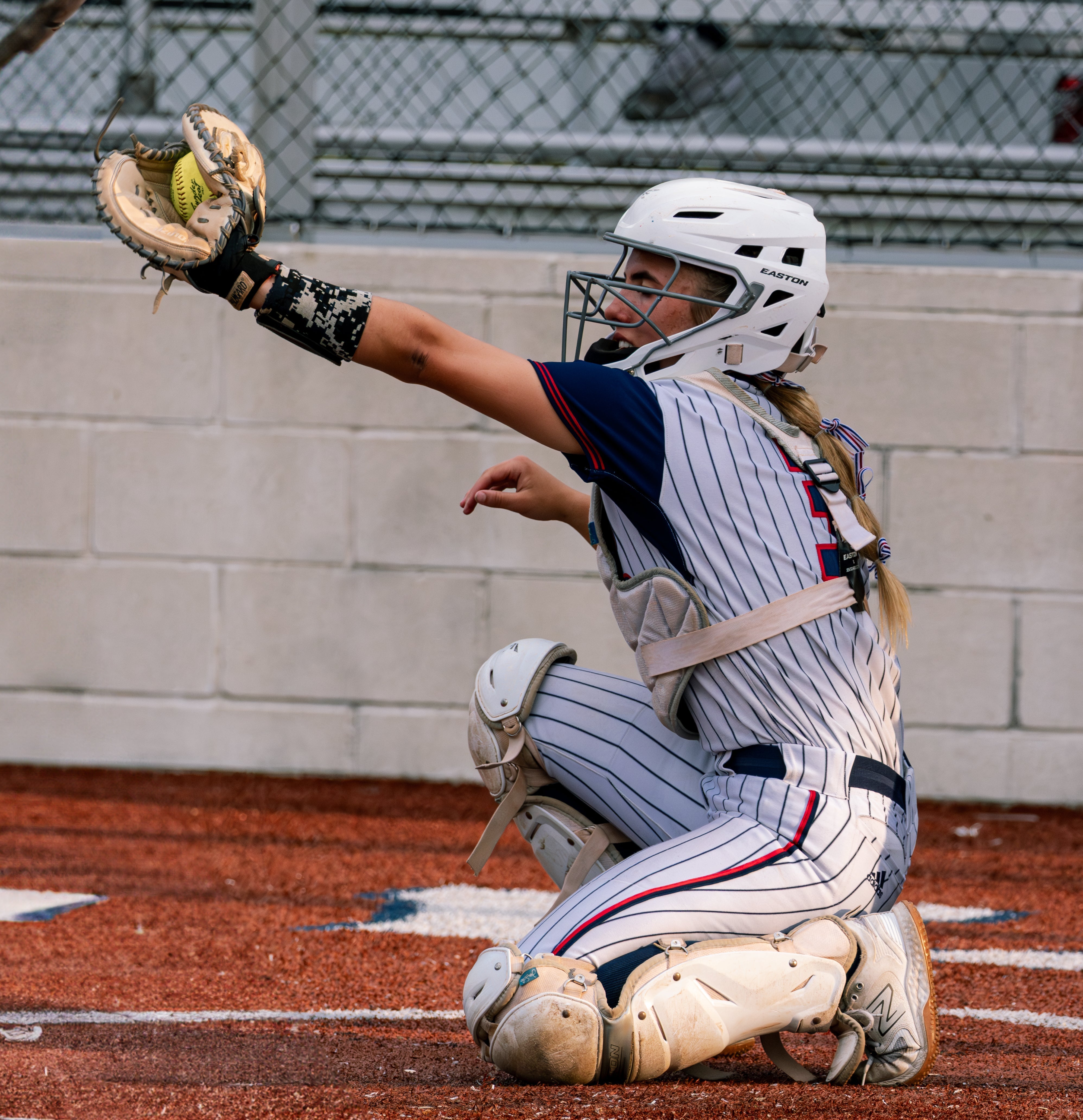
Modern Cooling Technologies for School Athletic Facilities: A Comprehensive Guide
As climate patterns shift toward higher average temperatures, school athletic departments face increasing challenges in maintaining safe environments for student-athletes. Heat-related illnesses represent a serious threat to student safety, with the National Center for Catastrophic Sport Injury Research reporting that heat stroke ranks as the third leading cause of death among high school athletes. Implementing effective cooling technologies is no longer optional—it's a fundamental responsibility for educational institutions committed to student well-being.
This article explores cooling solutions specifically designed for school athletic environments, evaluating their effectiveness, implementation requirements, and cost considerations to help administrators make informed decisions about heat management infrastructure.
The Science of Heat Stress in Athletics
Before exploring cooling solutions, it's important to understand how heat affects athletic performance and safety. The human body regulates temperature primarily through sweating, but this mechanism becomes less effective when:
- Ambient temperature exceeds 95°F (35°C)
- Humidity levels rise above 60%
- Direct sun exposure increases radiant heat
- Athletic exertion generates internal heat faster than the body can dissipate it
When these factors combine, core body temperature can rise to dangerous levels, progressing from heat cramps to heat exhaustion and potentially life-threatening heat stroke. Student-athletes are particularly vulnerable due to their developing thermoregulation systems and varying levels of acclimatization.
Essential Cooling Station Components
1. Misting Systems
Misting systems utilize high-pressure pumps to force water through specialized nozzles, creating ultra-fine water droplets that quickly evaporate and cool the surrounding air by 10-30°F depending on ambient humidity.
Benefits:
- Immediate cooling effect
- Covers large areas efficiently
- Relatively low water consumption
- Can be portable or permanently installed
Implementation Considerations:
- Most effective in low-humidity environments
- Requires regular maintenance of nozzles to prevent clogging
- Professional installation recommended for permanent systems
- Water quality affects system performance
Many schools find value in hybrid misting systems that combine overhead misters with portable misting fans that can be positioned strategically during practice and competition.
2. Immersion Cooling
Cold water immersion (CWI) remains one of the most effective methods for rapidly reducing core body temperature in cases of heat stress.
Components of an effective immersion station:
- Durable, easily sanitized tubs or pools
- Reliable water chilling system
- Thermometer for monitoring water temperature
- Emergency access provisions
- Privacy screens or enclosures
Research from the Korey Stringer Institute demonstrates that immersion cooling at 50-60°F (10-15°C) can lower core body temperature at a rate of approximately 1°F every 3-5 minutes—critical during heat emergencies.
3. Ice Towel Stations
Ice towel stations offer a practical cooling solution that can be implemented with minimal infrastructure.
Station requirements:
- Commercial ice machine with sufficient capacity
- Insulated storage containers
- Microfiber or specialized cooling towels
- Clean water source
- Sanitizing protocol
Strategic placement of multiple ice towel stations throughout practice facilities ensures athletes have continuous access to cooling methods during training sessions.
Advanced Cooling Technologies
1. Evaporative Cooling Systems
Large-scale evaporative coolers offer an energy-efficient option for cooling both indoor and covered outdoor facilities. These systems pull hot air through water-saturated media, lowering air temperature through evaporation.
Advantages:
- Energy consumption 75-80% lower than traditional AC
- Environmentally friendly cooling solution
- Effective in refreshing large volumes of air
- Doubles as ventilation system
Limitations:
- Effectiveness decreases in high humidity
- Regular maintenance required
- Not suitable for all climate zones
2. Phase-Change Cooling Vests
Personal cooling technology has advanced significantly with the development of phase-change material (PCM) cooling vests. These garments contain special materials that absorb body heat while maintaining a constant, comfortable temperature.
Applications in athletics:
- Pre-cooling before intense activity
- Rapid cooling during breaks
- Post-exercise temperature normalization
- Individualized cooling for at-risk athletes
Athletic departments can maintain a library of cooling vests for high-risk situations like summer football practice or early-season outdoor competitions.
3. Portable Spot Cooling Units
Commercial portable air conditioners designed specifically for athletic applications provide targeted cooling in areas where permanent infrastructure isn't feasible.
Key features to evaluate:
- Cooling capacity (BTU rating)
- Airflow volume and direction control
- Power requirements and efficiency
- Noise levels
- Mobility and storage considerations
These units are particularly valuable for training rooms, indoor practice facilities, and temporary sideline cooling stations during competitions.
Implementation Strategy for Schools
Developing a Tiered Approach
A practical approach for most schools involves implementing cooling solutions in phases:
Tier 1 (Essential Safety Infrastructure):
- Immersion cooling tubs
- Ice and cold towel stations
- Shade structures
- Portable misting fans
Tier 2 (Enhanced Comfort and Prevention):
- Permanent misting systems
- Evaporative cooling in covered areas
- Cooling vest collection
- Additional shade structures
Tier 3 (Comprehensive Climate Control):
- Spot cooling units for strategic locations
- Advanced monitoring systems
- Climate-controlled recovery spaces
- Extended cooling infrastructure
Training and Protocols
Technology alone cannot prevent heat-related illnesses. Comprehensive training programs should include:
- Recognition of heat illness symptoms
- Proper operation of cooling equipment
- Emergency response procedures
- Maintenance and sanitization protocols
- Documentation requirements
Funding Sources
Schools can explore multiple funding avenues for cooling infrastructure:
- Athletic department budget allocation
- Booster club and fundraising initiatives
- Safety and risk management grants
- Community partnerships with healthcare providers
- Equipment sharing arrangements with neighboring districts
- Energy efficiency grants for sustainable cooling solutions
Many schools find success in combining multiple funding sources while implementing technologies in phases aligned with annual budget cycles.
Conclusion
Implementing effective cooling technologies in school athletic facilities represents an important investment in student-athlete safety, performance, and overall program quality. By taking a strategic, phased approach to cooling infrastructure development, schools can create environments that protect students from heat-related illnesses while maximizing athletic potential even in challenging climate conditions.
As technology continues to evolve, athletic departments should regularly reassess their cooling needs and explore emerging solutions that might better serve their specific requirements. The ultimate goal remains consistent: providing safe conditions that allow student-athletes to develop their skills while minimizing environmental risks.

